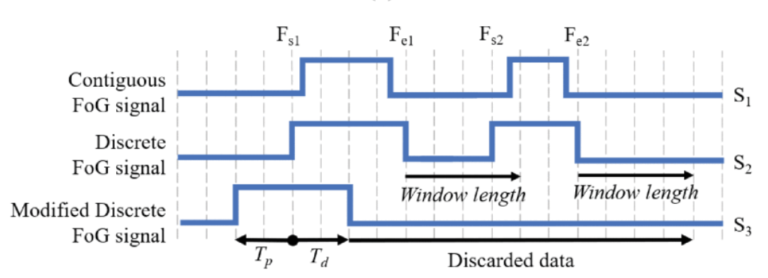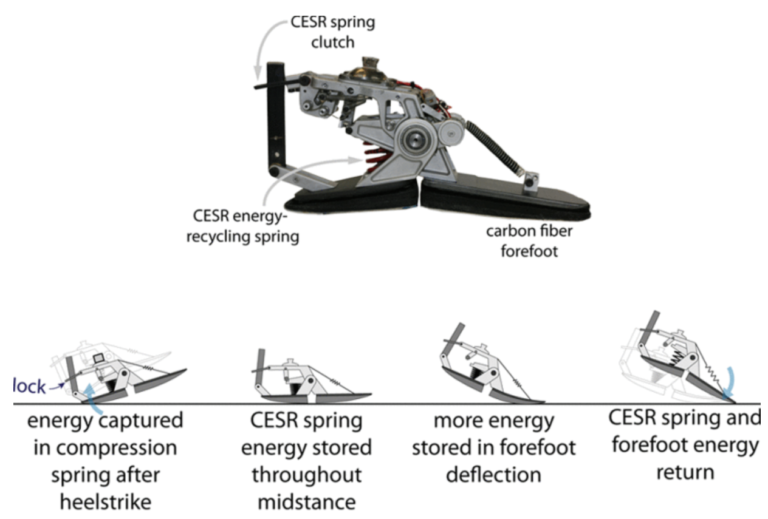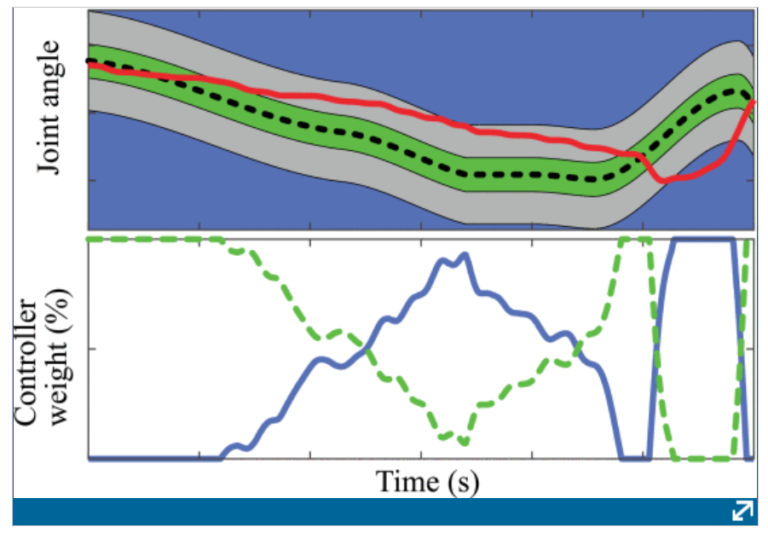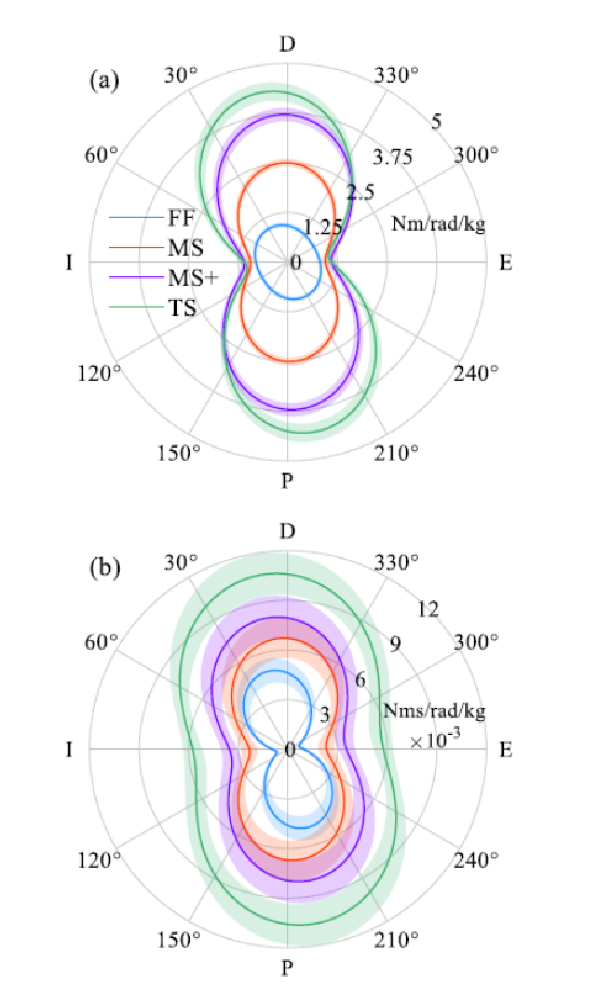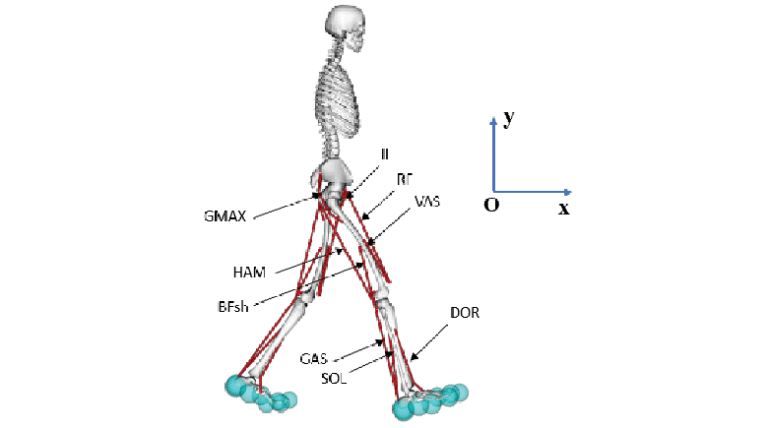The freezing of gait (FoG) is a common type of motor dysfunction in advanced Parkinson’s disease (PD) associated with falls. Over the last decade, a significant amount of studies has…
read moreLower-limb amputees expend more energy to walk than non-amputees and have an elevated risk of secondary disabilities. Insufficient push-off by the prosthetic foot may be a contributing factor. We aimed…
read moreMost people with cerebral palsy (CP) suffer from impaired walking ability and pathological gait patterns. Seeking to improve the effectiveness of gait training in this patient population, this study developed…
read moreMusculoskeletal disorders and injuries are one of the most prevalent medical conditions across age groups. Due to a high load-bearing function, the knee is particularly susceptible to injuries such as…
read moreIn this paper, we present the design, control, and preliminary evaluation of the Symbitron exoskeleton, a lower limb modular exoskeleton developed for people with a spinal cord injury. The mechanical…
read morePredictive simulation based on dynamic optimization using musculoskeletal models is a powerful approach for studying human gait. Predictive musculoskeletal simulation may be used for a variety of applications…
read moreShoes were invented to provide user comfort using rubber soles, despite marginal improvement in human mobility. Unlike shoes, current lower-limb exoskeletons use fixed stiffness springs to store and recycle…
read more
